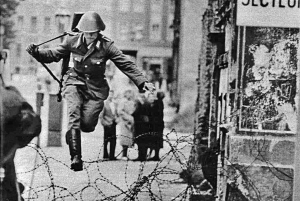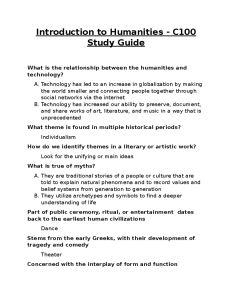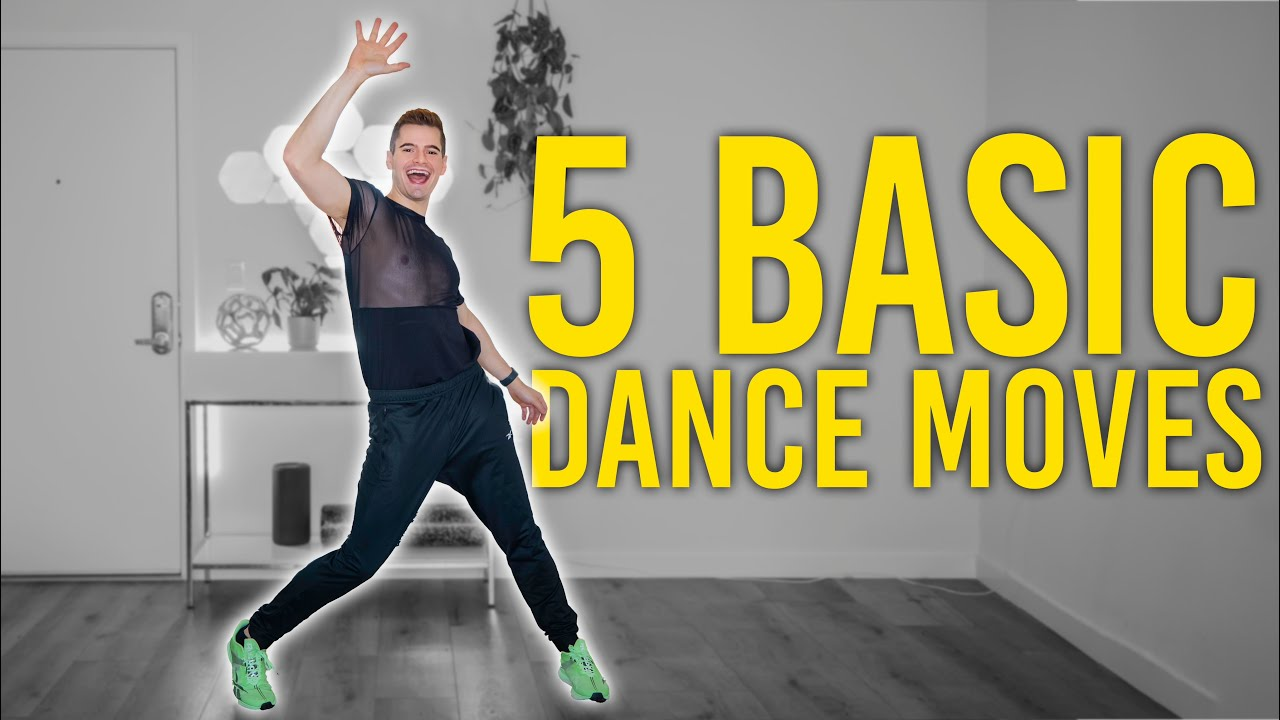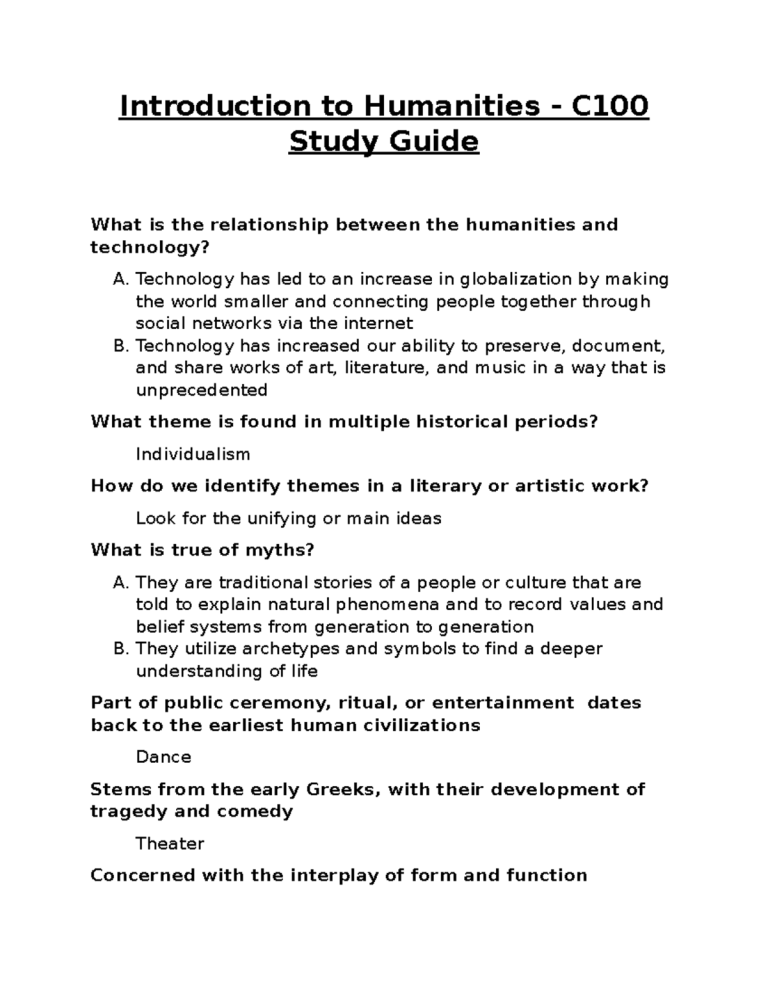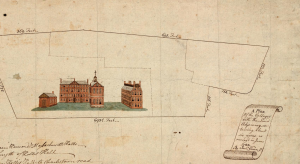Dance tips are essential for anyone looking to elevate their movement experience and express themselves fully on the dance floor. Whether you’re shaking off the stress of the day or embracing movement like never before, understanding how to dance like nobody’s watching can transform your practice. Techniques known as dance release allow you to let go of inhibition and tap into your inner rhythm, fostering a connection between your body and spirit. By exploring the spirituality in dance, you can find freedom and joy that often goes unrecognized in our day-to-day lives. So, put on your favorite song and let these tips guide you towards a more liberated and expressive dancing experience.
When it comes to improving your ability to move dynamically, understanding practical pointers can make all the difference. Tips for rhythm and expression in motion can help you unlock a new level of creativity in your dance practice. From free-flowing movements to sacred gestures, engaging with the art of performance allows for deeper self-expression. By discovering methods for personal freedom in your dance journey, you can cultivate an environment where creativity flourishes and the joy of movement reigns supreme. Embrace the philosophy that dancing is not solely about technique, but rather a celebration of life and emotion.
Dance Tips for Finding Freedom in Movement
To find freedom in your dance practice, it’s essential to embrace movement without the constraints of judgment. When you dance like nobody’s watching, you unlock a realm of creativity that allows for genuine expression. Focus on the rhythm of the music and your body’s natural inclination to move. Let go of any expectations you might have about what dancing should look like. Instead, concentrate on how the movement feels. Engaging with your body – sensing the way your arms swing and your feet glide – can create a profound connection that transforms your dance experience. Dance tips often suggest starting with simple freestyle movements which can gradually lead to more complex routines, reinforcing the idea that expressiveness comes from within rather than adhering to external standards of what is deemed acceptable or graceful.
Another key element in finding freedom in dance is to incorporate dance release techniques. These techniques can involve relaxing your muscles, allowing spontaneity in movements, and even intentionally incorporating vocalizations or shouts to relieve tension. By expressing yourself in this cathartic way, you can break down barriers created by the rigid voices of self-doubt. Jeffrey L. Page’s classes exemplify this approach, encouraging students not to worry about looking good. This liberation enables dancers to truly connect with their spiritual selves, allowing the djinn of creativity to surface. The freedom achieved in such practice is not just about the physical act of dancing; it’s about embracing your spirit and letting it lead the way.
Embracing Spirituality in Dance
Dance often transcends the physical realm, becoming a profound spiritual experience. As mentioned in the cultural practices of Mali, the concept of djine foly speaks to the essence of spirituality in motion. This practice illustrates how dancing can lead individuals into a trance-like state, evoking deep emotional and spiritual responses. Engaging with spirituality in dance allows for personal stories to surface, connecting dancers with their rich cultural backgrounds. This kind of movement transforms the act of dancing into a ritualistic experience where the body becomes a vessel for expression, deeply rooted in the history and essence of one’s culture.
In a contemporary context, embracing spirituality in dance can also mean acknowledging the emotional narratives we bring to movement. When you dance with intention, as if you are performing for an audience, even if no one is watching, you invite the energy of the universe to flow through you. By allowing yourself to be vulnerable and openly expressive, you engage in a dialogue between your mind, body, and spirit. This holistic approach can enhance the cathartic experience of dancing, as each movement embodies not just physicality but also the complex emotions and stories of our lives, fostering a deeper connection with ourselves and others.
Finding Confidence Through Dance
Finding confidence in dance is often a journey of self-discovery and acceptance. When you dance like somebody’s watching, you might initially feel pressured to conform to certain standards. However, the true essence of dance is about embodying your individuality. To cultivate this confidence, dancers should focus on self-exploration. This involves understanding your unique style and rhythm, which sets the foundation for expressing yourself powerfully. Techniques such as improvisation can help dancers step outside the bounds of their comfort zones, allowing authenticity to shine through without the fear of judgment.
Moreover, embracing movement with the mindset that nobody’s concerned about your appearance — as suggested by experts — is liberating. This mindset can be particularly empowering in spaces where societal expectations often dictate how we ought to look or behave. By dancing freely and without inhibition, individuals can find a path to build their confidence over time, realizing that the joy of movement far outweighs any fleeting concern about performance or aesthetics. In fact, confidence in dance often radiates from passion and genuine expression rather than technical perfection.
The Freedom of Uninhibited Movement
Uninhibited movement is at the core of experiencing true freedom in dance. It’s about shedding the constraints of self-criticism and embracing your body’s natural impulses. When you allow yourself to move freely and let go of the need to appear perfect, you experience a liberating joy that transcends societal norms. This freedom can be unlocked through various practices such as contemporary dance, where improvisation leads to an authentic expression of self. Letting loose enables dancers to embrace their full potential, turning every movement into a vivid expression of their innermost emotions.
To tap into the essence of uninhibited movement, consider practicing dance in private spaces where you feel safe. This could be your living room, a dance studio, or even outdoors. The absence of an audience allows you to experiment and play with movements that resonate with you. Engage with the music, and allow it to guide your body. Ultimately, embracing this freedom in movement encourages not just personal growth but also a deeper connection to what it means to dance. It teaches you that true expression comes not from perfection but from vulnerability and the willingness to celebrate who you are.
Dance as a Means of Self-Expression
Dance has always served as a powerful means of self-expression, allowing individuals to convey emotions that words often cannot capture. Through fluid movements and rhythmic patterns, dancers can tell stories, share experiences, and express feelings such as joy, grief, and hope. Each movement can be a line of poetry, and every performance can signify a chapter in an artist’s life. As the saying goes, ‘Dance like nobody’s watching,’ which reinforces the idea that the most genuine expressions come when we are not held back by the judgments of others. By embracing the freedom to express oneself, individuals can find healing and empowerment through dance.
Moreover, the connection between dance and self-expression stems from its ability to reflect personal and cultural narratives. Each dancer brings a unique background to their practice, enabling them to infuse their movements with identity and heritage. This is particularly evident in forms such as hip-hop, salsa, or ballet, where the roots of these dances are deeply intertwined with their cultures of origin. By engaging in dance, individuals are not only celebrating their own stories but also contributing to a collective narrative that stretches across generations, enhancing the sense of belonging and camaraderie within the dance community.
Letting Go of Judgment in Dance
One of the most significant obstacles to enjoying dance is the fear of judgment. This fear can stifle creativity and inhibit movement, making dancers second-guess their every step. However, overcoming this fear is essential to fostering a love for dance. Instead of focusing on how you might be perceived, focus instead on the joy that the movement brings you. Shifting your mindset from one of self-criticism to one of acceptance is critical. Jeffrey L. Page’s approach in the classroom epitomizes this philosophy, encouraging students to abandon the idea of looking ‘good’ in favor of authentic expression.
To let go of judgment, it might also be helpful to find a supportive dance community or take classes where the emphasis is on personal growth and expression rather than competition. Sharing space with fellow dancers who prioritize emotional release and freedom can foster a more accepting environment. Engaging in activities like group improvisation sessions can help dissolve feelings of self-doubt, allowing dancers to express themselves freely without fear. In this space, the collective energy can inspire each dancer to embrace their individuality, ultimately enhancing the joy of the dance experience.
Connecting Through Dance
Dance is an exceptionally potent medium for connection, both with oneself and with others. When we allow ourselves to dance freely, we tap into a deeper understanding of our emotions and experiences, but we also create bonds with those around us. Dance has the ability to bring people together, transcending language and cultural barriers. Whether through a community class or an improvised social dance, the shared experience of movement fosters connections that can lead to lasting relationships and a sense of belonging. This form of collective expression, where everyone participates, enriches our social fabric and adds depth to our cultural experiences.
Moreover, connecting through dance encourages empathy and understanding. Watching others move can evoke a spectrum of emotions, allowing participants to see the world from different perspectives. In this way, dance serves as a unique form of storytelling, allowing us to communicate our diverse narratives while fostering a greater appreciation for our similarities and differences. Engaging in dance can deepen relationships, facilitating conversations that promote inclusivity and belonging, leading to a richer, more vibrant community. Thus, through the lens of dance, we can cultivate a space where our connections are not just celebrated but also amplified.
Harnessing the Power of Dance for Emotional Release
Dance can serve as a profound outlet for emotional release, allowing individuals to express feelings that may be difficult to articulate verbally. The cathartic nature of dance enables a physical expression of emotions — from the joy of celebration to the pain of loss. Incorporating dance release techniques, such as moving in response to emotional stimuli or allowing yourself to cry on the dance floor, can help process grief and trauma. In this sense, dance becomes a transformative tool, offering a means to confront feelings and explore personal narratives. Engaging with one’s emotions through movement can foster healing and resilience, leading to overall well-being.
When dancers incorporate the idea of dancing like nobody’s watching, they can truly immerse themselves in the emotional landscape of their movements. This freedom encourages a safe space where vulnerability is welcomed and feelings can be fully expressed. Jeffrey L. Page emphasizes the importance of creating a supportive atmosphere in dance classes, demonstrating that emotional release can happen without fear or shame. Allowing oneself to feel deeply and express those feelings through dance can lead to a rejuvenating sense of empowerment, ultimately highlighting the essential human need to release emotions as a key aspect of mental health.
Exploring Personal Narratives Through Dance
Every dancer carries a unique story, with personal experiences profoundly influencing their approach to movement. Dance offers a canvas for expressing these narratives, allowing individuals to communicate their journeys through rhythm and motion. Whether inspired by historical events, personal challenges, or cultural heritage, dancers channel these experiences into their performances. For instance, those who dance like nobody’s watching can share intimate stories with the audience, drawing connections between their movements and the emotions behind them. This narrative framing not only enhances the performance but also invites viewers to reflect on their stories, fostering a deeper connection.
Moreover, the exploration of personal narratives through dance often leads to greater self-awareness. As dancers delve into their past and reinterpret their experiences, they may uncover hidden emotions or newfound perspectives. This process of self-exploration can be cathartic, offering a chance to reconcile complex feelings and celebrate victories. Choreographers and dancers who create works based on their life stories provide audiences with the opportunity to experience different perspectives, enriching the understanding of diverse cultures and personal histories. Ultimately, dance becomes a vehicle for storytelling that transcends time and space, resonating with universal themes experienced by all.
Frequently Asked Questions
What are some tips to dance like nobody’s watching?
Dancing like nobody’s watching involves embracing your true self and letting go of inhibitions. To achieve this, focus on the joy of movement rather than how you appear to others. Create a supportive environment, such as home or a private space, where you can freely express your emotions through dance. Practicing dance release techniques can also help you rid yourself of self-consciousness, allowing you to immerse deeply in the rhythm and flow of your body.
How can dance release techniques improve my dancing experience?
Dance release techniques are essential for achieving a state of flow in your movement. Techniques such as deep breathing, freeing your upper body, and using improvisational movements can help release tension and enhance your physical expression. By incorporating these methods, you can access a deeper connection with your body, fostering creativity and personal exploration in your dance practice.
How do I embrace movement in my dance practice?
To embrace movement in dance, start by letting go of judgment and self-doubt. Use music that inspires you and allow your body to respond instinctively. Explore different styles of dance to find what resonates with you, and don’t be afraid to experiment. Embracing movement is about finding freedom in your expression, which can lead to an exhilarating and liberating dance experience.
Can spirituality in dance enhance my overall performance?
Yes, spirituality in dance can significantly enhance your performance by fostering a deeper emotional connection with your movements. Many dancers find that engaging in spiritual practices, such as mindfulness or visualization, helps them access a transcendent state during their performances. This connection can lead to more authentic expression and heightened emotional communication with your audience.
What does finding freedom in dance mean?
Finding freedom in dance means liberating yourself from the constraints of technique and judgment. It involves connecting with your inner self and allowing your body to move naturally and spontaneously. This sense of freedom can be cultivated through practices that encourage expression, creativity, and the joy of movement, ultimately transforming your dance experience into a powerful form of personal expression.
| Key Points | Description |
|---|---|
| Dance Presence | Dance is about being seen; expressing yourself openly. |
| Cathartic Experience | Dancing allows for emotional release, akin to writing an impactful essay. |
| Tradition of Djine Folly | In Malian culture, dance leads to trance and happiness, connecting spirituality and movement. |
| Encouragement to Dance Freely | Release expectations; dancing without a care is encouraged, regardless of appearance. |
| Role of the Instructor | An energetic approach helps students unload stress through vigorous movement. |
Summary
When it comes to dance tips, the most vital lesson is to embrace the freedom of expression. Dance like nobody’s watching, allowing your body to become a vessel of emotion without the weight of judgment. The insights shared by choreographer Jeffrey L. Page emphasize that dance is more than just movement; it’s an invitation to connect with yourself and express your spirit. Enjoy the process, release your inhibitions, and remember, it’s not about looking good—it’s about feeling good.
